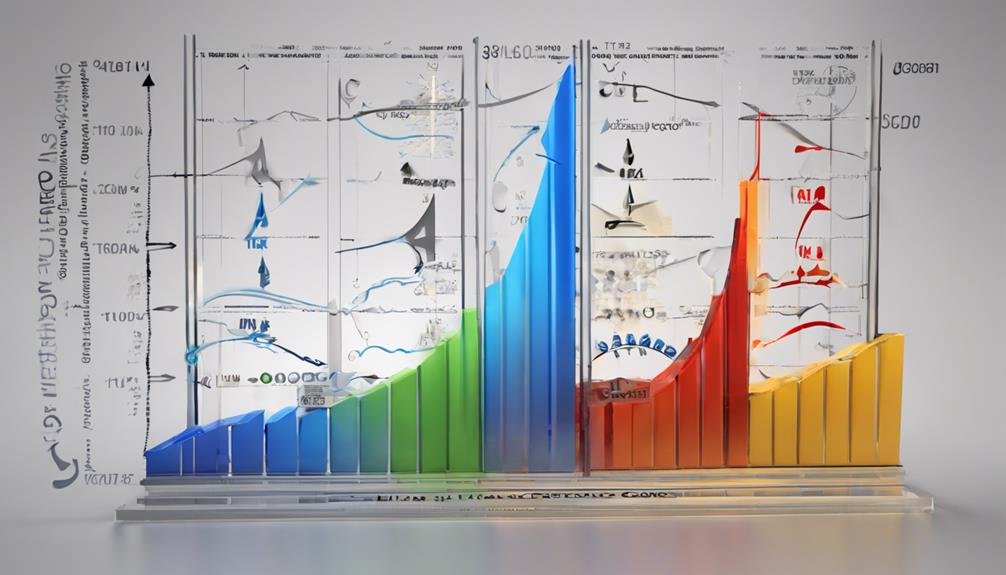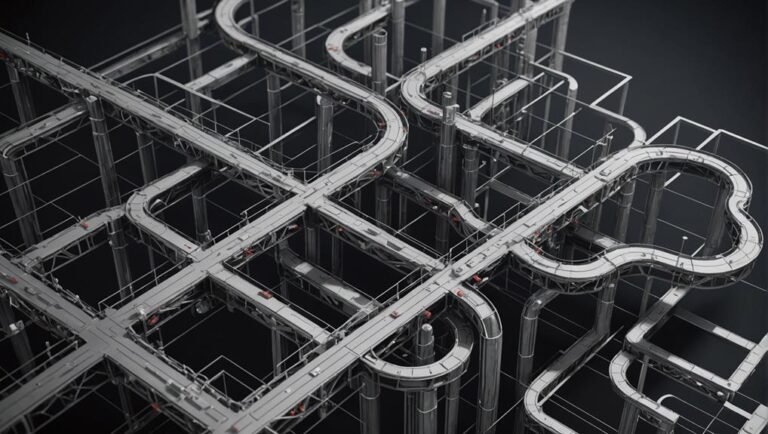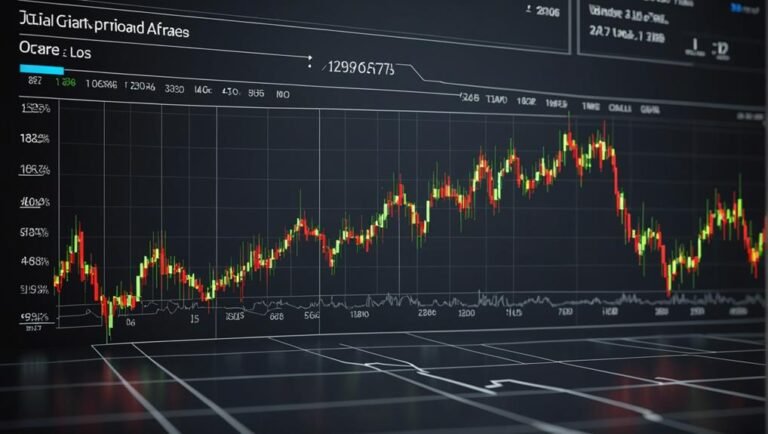Business Cycle: What It Is, How to Measure It, the 4 Phases
The business cycle represents economic fluctuations with expansion and contraction stages, important for macroeconomic analysis. Measured through GDP growth rate, unemployment rate, and CPI, it reflects real GDP changes. The four phases – expansion with rising activity, peak, contraction with slowdown, and trough before a new expansion – reveal the cyclical economy nature. Monitoring indicators aids in decision-making, forecasting trends, and understanding market movements, offering insights for businesses' growth strategies. Understanding the business cycle's dynamics provides essential knowledge for economic analysis and strategic decision-making.
Key Takeaways
- Business cycle: economic fluctuations with expansion and contraction phases.
- Measurement indicators: GDP growth rate, unemployment rate, Consumer Price Index.
- 4 phases: Expansion, Peak, Contraction, Trough.
- Understanding trends: monitor indicators, forecast, analyze market.
- Helps in decision-making, forecasting, and strategic planning for businesses.
Definition of Business Cycle
The concept of a business cycle encapsulates the inherent rhythmic pattern of economic fluctuations characterized by alternating phases of expansion and contraction. These fluctuations are fundamental to macroeconomic analysis, providing insights into the overall health of an economy.
During periods of expansion, economic activity, such as real GDP, industrial production, employment, income, and sales, tends to increase. Conversely, contractions signify a slowdown in economic growth.
Key Measurement Indicators
Within the analysis of the business cycle, key measurement indicators play an essential role in evaluating the economic landscape and forecasting future trends. Economic indicators such as GDP growth rate, unemployment rate, and consumer price index provide vital insights into the overall health of the economy. Data analysis of these indicators helps economists and policymakers make informed decisions regarding monetary and fiscal policies. By monitoring these key metrics, experts can identify trends, predict potential downturns or expansions, and take proactive measures to stabilize the economy. The table below illustrates the significance of these economic indicators in evaluating the different phases of the business cycle.
| Economic Indicator | Description | Importance |
|---|---|---|
| GDP Growth Rate | Measures the change in the country's economic output | Indicates overall economic performance |
| Unemployment Rate | Reflects the percentage of the workforce without jobs | Signals labor market conditions and consumer spending |
| Consumer Price Index | Tracks the average change in prices paid by consumers | Indicates inflationary pressures and purchasing power |
Understanding the 4 Phases
Periodically throughout economic cycles, distinct phases emerge, each playing a pivotal role in shaping the trajectory of the business environment. Understanding the 4 Phases involves delving into the expansion dynamics and contraction effects that characterize each stage:
- Expansion Phase – Characterized by increasing economic activity, rising GDP, employment growth, and higher consumer spending.
- Peak – The highest point of the cycle, signaling the end of the expansion phase.
- Contraction Phase – Economic activity slows down, GDP growth decreases, unemployment may rise, and consumer spending declines.
- Trough – The lowest point in the cycle, marking the end of the contraction phase before a new expansion begins.
Analyzing these phases provides valuable insights into the cyclical nature of the economy.
Analyzing Economic Trends
Regularly monitoring economic indicators provides valuable insights into the current state of the economy and aids in making informed decisions. Economic forecasting plays a pivotal role in anticipating trends and potential market movements.
Through market analysis, patterns in consumer spending, inflation rates, employment figures, and GDP growth can be identified to assess the overall health of the economy. By analyzing these trends, businesses can make strategic decisions to mitigate risks or capitalize on opportunities.
Understanding the nuances of economic indicators allows for a more accurate prediction of future economic conditions and helps in formulating effective business strategies. Essentially, staying abreast of economic trends through systematic analysis is paramount for businesses aiming for sustainable growth and success in a dynamic market environment.
Conclusion
To sum up, the business cycle is a fundamental concept in understanding economic fluctuations. Key measurement indicators such as depth, diffusion, and duration help assess the severity of downturns.
By analyzing the four phases of expansion, peak, contraction, and trough, we gain insight into economic trends.
One interesting statistic is that the average duration of an economic expansion phase in the US since 1854 is 37 months, highlighting the cyclical nature of the economy.







